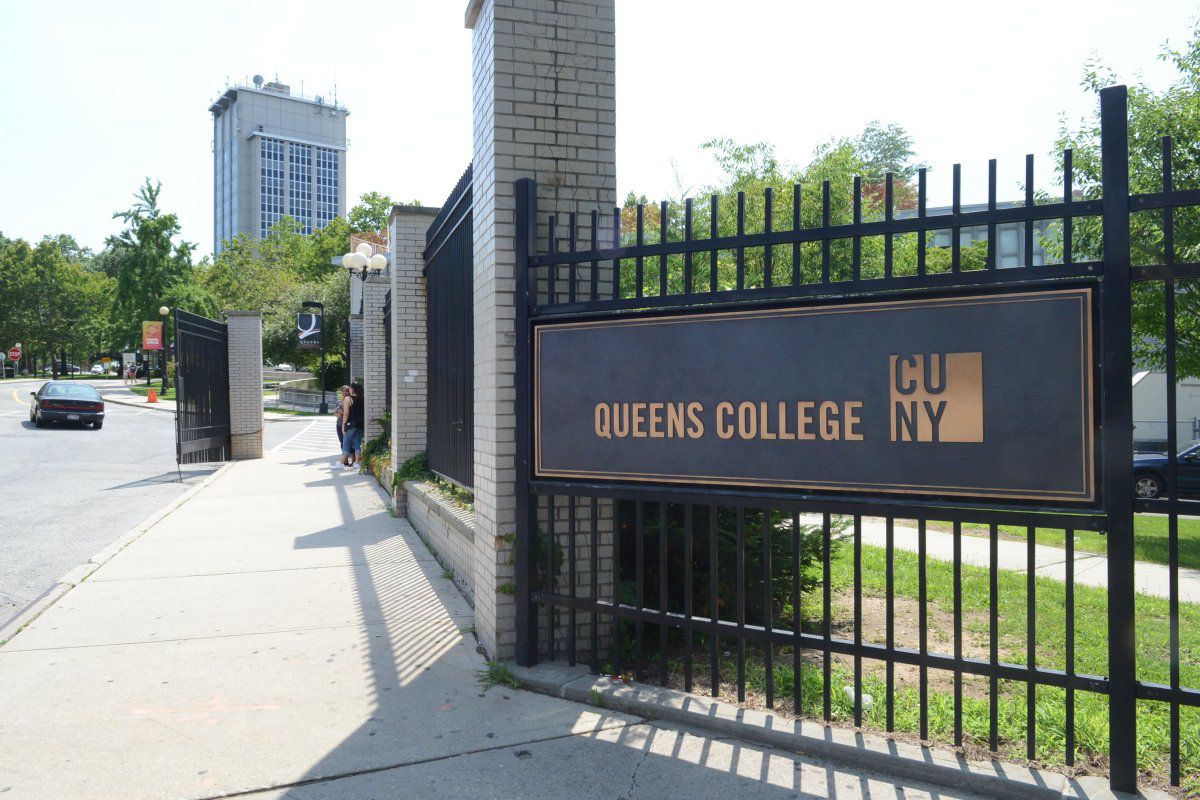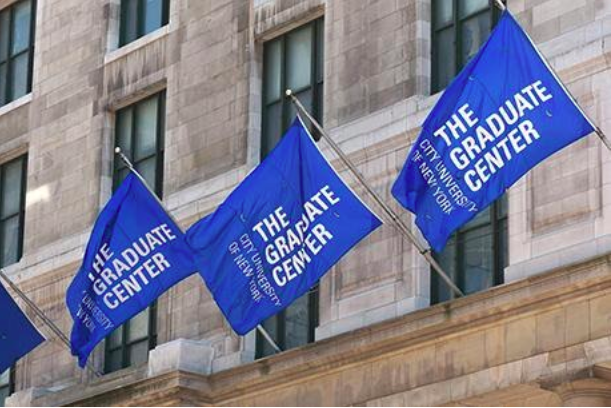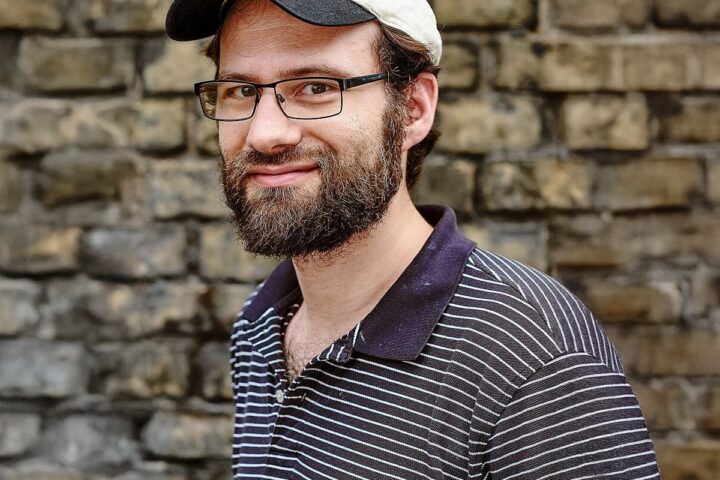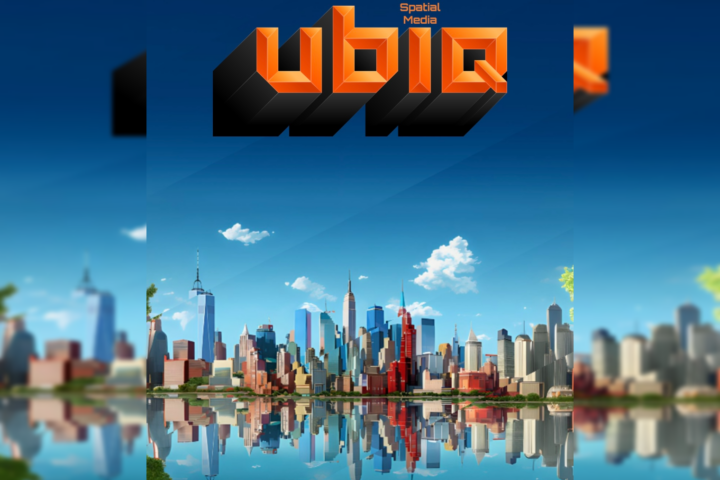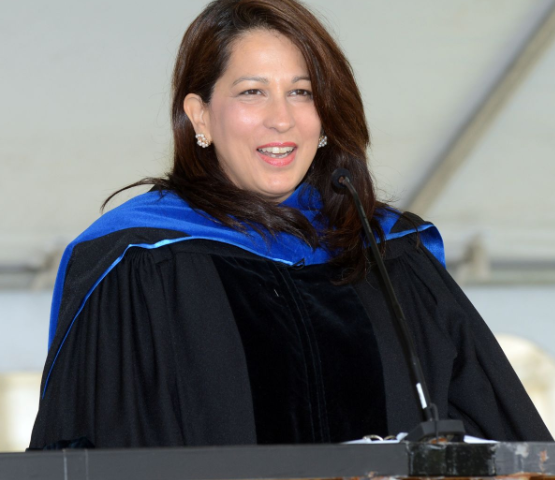Oculus Rift is a virtual reality headset letting players step inside their favorite games and virtual worlds.
At TEDxCUNY, two game developers, Christopher Hart and Micahel Hazani, showed off their games using the device.
Christopher Hart presented his game “Synthesis,” a game teaching programming in a grand 3-D environment.
“Synthesis is an abstract molecular dynamics simulator played by programming cellular automata. You take on the role of a scientist who designs self-replicating molecules in order to win grants. Different structures are specified that the molecule must form, and it is your job to figure out the correct program to build it. The game is controlled using a visual programming system based around a flowchart of dropdown menus,” said the game’s website.
When a player starts the game, they immediately feel as if they are drifting through a sea of shining dots, as if the player was floating through stars. Each dot is a computer, running their own set of code.
“They’re self-replicating nano-molecules. You program them to copy themselves and to bond with other versions of these computers out there. Depending on what you program it to do, it has these different complex interactions,” Hart said.
The player can actually move around these dots in a totally immersive 3-D environment. The motions of the dots are smooth and, in the game, players do not even have to know how to code.
“There’s really no wrong answer either. In regular programming, if you make a typo, your program will crash, but with this, if you choose the wrong thing, it will do something different than you expected. It lets you use trial and error to learn programming,” Hart explains.
Michael Hazani, lead singer and songwriter for the band QVALIA, showcased one of the interactive virtual realities called Songscapes, used in thee creation of every song on their latest album “This is the Color of my Dreams.”
Oculus Rift technology was used to create an immersive 3-D environment where users can interact with the song, partake and experience it.
“The objective of this Songscape is to collect all the pieces of the song – various jigsaw puzzle pieces that represent various instruments in the song. There’s a piece for the bass, synths, vocals and so forth. If you manage to collect all the pieces in time, you get a free download of the album,” Hazani said. “The real purpose of the experience is total immersion in the music rather than winning anything, which is why it’s not exactly a game.”
Players move through a 3-D landscape that corresponds with one of the songs playing. Rather than actively listening to the song, the immersion occurs naturally and subconsciously, while the player does challenges.
“When I was working on these songs, I used to take endless walks in the Hudson waterfronts and I would try to come up with lyrics and concepts. It led to the sense of environment and that I get the song’s elements not only from the lyrics and instruments, but also where I am,” Hazani said.
In an interview with “The Creator’s Project”, Hazani said environment is important in song writing.
“I get the song’s elements not only from the lyrics and instruments, but also where I am,” Hazani says.







